|
Today's video is another sit-down and do it style practice. I didn't really have much of a plan going in - its nice to have a structure - so it ended up being a bit of Melodic Development over one of my favorite chord structures. - Daily Gratitude - When your reality isn’t what you imagined: In fact its so much better. Be open to the possibilities and receive your blessings of unlimited potential. Get a free song download - Join Cody Gene's Music mailing ListA song can be four chords. That's not wrong, but if your chord progression is simple, then consider the Principles of contrast to make your song POP. where do you put contrast in your song?Where do you put contrast in your song? What are your song's elements?
Song Structure Have you thought about how your song is laid out while the concept is fresh? I recommend as good practice to outline a few basic song-structures for the style of music you write. it could look like one of these examples:
or
Helps with efficiency to simply put things into a place where you dont have to worry about structure. Why use this approach? because it takes the struggle out of putting the songs together because that part is already done. Just build the pieces to fit and stick them in. Songwriting En-masse, just remember your Contrast considerations. Smooth transitionshow can you switch it up without being abrasive? So now that we're fitting the pieces in, I guess you'll need pieces first. This is where creativity and imagination come into play. During your daily (and i hope it's daily) practice, noodle around until you come up with something. Some folks like to play from scales or books for inspiration. others simply jam. The point is to come up with something that sounds good to you. Remember it's music. There isn't a one-size-fits-all approach to this stuff. how can you switch it up without being abrasive Abrupt transitions are not always bad. To me it depends on the characteristics of the genre, some being friendlier to rule-breaking than others.
Practice vlog. I tend to not talk much. That's part of this whole experiment. Get over any nervousness around playing music on camera. At the end of the day, it's not so bad. In fact, It's a lot like those first couple times you go out to play your songs in public. It's a little nerve-wracking at first but eventually, you start to warm up to the feeling of putting yourself out there... Have courage to take the action and learn from your mistakes. Here's my Intentional vocal practice. Question. What did you notice about what and how I'm improvising? if you were practicing music in this way, what would you do differently? Comments here (or on youtube)
Thanks for being awesome. Hey everyone, Thought I'd share another video practice session of some original music, written with the help of some friends here at Gene Media Productions. These were songs created in collaboration with friends. Setlist 1- Check Engine (lyrics by Levente) Levente Is Creating some Videos too. Stay tuned because I'll definitely be sharing his music once it's ready 2- The Wind and the Whistle - (@the way out) 3- Weekend At Jerry's - (@the way out) The Way Out is a Canadian, Classic Rock / Folk Rock and domestic beer-inspired project with Ol'brother Paul. The band is on break, with no plans to reunite at this moment; however, there are two albums available for digital download (links below) 4- Today - (@Harley) Short and sweet Punk song originally written by Harley while we were teenagers in "A Band In America" ----- If you like this video content, Please show some love by hitting that like button or sharing it with someone who needs to hear it. If you Loved this video, and have the means to contribute to future projects, you can visit www.genemediacreativestudio.com/codygenemusic to find my full discography for 50% off. Would you like to work together? Gene Media is now accepting applications for independent songwriters who are looking to take their music to the next level, whether that's getting help with Your Recording and Audio Production, or getting some feedback on your launch-strategy for a more cohesive presentation for your music. Visit the website and Ask how We can help. Cheers!
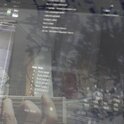 Starting with the easy thing or the hard thing? that's up to you to decide. I'd recommend knocking back the easiest tasks first, the ones that would take the least time to accomplish. The more difficult tasks might require some incubation time, new skillsets, or a network of friends to help you out. Do the workavoiding procrastination
Something is better than nothing It doesn't have to be perfect You'll get better with time See a door, open a door, you don't have to step through it right away. Check to see what's on the other side. If you see potential there, then start moving. the decision to take action - It starts with a choice. Remember the words we use in our own minds carry weight. The language we use in our internal dialoge affects our reality. No seriously. No more of this Someday i hope to ____. A better line of conversation is I am ____. These are called affirmations, and next time you catch yourself using language like hope, want, trying to, etc. Catch yourself and think about it for a moment. Are you trying to do something? or are you Doing it? going through the motions - Consistency of effort once you understand what you want, the next step is to follow through. How many artists I know don't do this. I was guilty of it myself. It's called Failure to launch syndrome. I get it, it's easier to just push your ambition aside and play some video games. Next thing you know it's 10 years later, and have to bust-ass to make up for lost time. If you're not doing something every day, start with 1 thing. If you're already doing something every-day, then start doing 3 things every day. It'll take dedication and preparation, but you can do it. Start Now. when should you listen in context? Do you solo out tracks and mix them by themselves? What does it mean to keep things in context? The most important tools are your ears and your mind. Use them, trust them. If it sounds good it sounds good. but remember the context. From your sound in the space it's in, to the interaction of frequencies in your mix. listening in context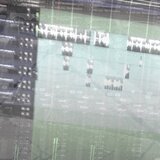 Reference mixes can help you understand how your track is sounding compared to other songs. If you're listening to a playlist, and one song is drastically quieter than the one before it, thats no good. Reference mixes can help you avoid that. using ducking. if you hear a displeasing sound in your guitar track, a useful trick (if it is supported by your hardware) is called ducking (or listening in place.) This is basically just turning down everything, and keeping the track that has your attention at the forefront. imagine it like a lens through which you can still seee what's happening in the rest of the song as you're doing surgery on that guitar track. the mix-engineer's skill-setTrust your ears If it feels right, it probably is. I've seen many an indie go way overboard with mixing each individual track to perfection, only to to turn off solo and have to do it again. They end up to their necks in audio problems they barely understand. striking a balance between tracks vs tracks, & tracks just sounding good on their own. Solo out that track and it sounds fine alone but in the mix it sounds wrong. What is actually happening and why? Which interaction of instruments/tracks is causing that? Use solo to find that. Remember that sounds interact with other sounds. Just because one track is a vocal and another is a guitar doesn't mean frequencies are not competing for space. The sound is combined and played back through your sound system, and if you're not mixing in headphones, they're interacting with your room too. why it mattersSaving time - repeated steps - do-overs So how to conclude this article, and mix it right. If you're having to solo out a track, tweak it to get it sounding perfect, and then start over again to get it sounding good in context, You're doing it twice. You don't have to. Don't worry, these skills are like learning a new instrument. they come with time and practice. Luckily we live in an age where people are sharing their years of skills and experience for free on the internet. Need some tips? Let me google that for you...
insert wall of text hereI guess the first question would be how do you want to capture your ideas? If you have a decent laptop or computer you can use a DAW with an audio interface. *Cubase/nuendo, protools, logic, studio one, reaper, are a few examples. For basic tracking they all do pretty much the same thing. The workflow and the price-point is the main consideration while you're just starting out. For Audio interfaces, there are quite a few out there. It depends on your budget. like, the Behringer U-phoria series is probably the cheapest, and the Apollo ones are on the top-end. I'd recommend going onto amazon to browse and read reviews if that's the way you want to go. Just remember, you usually get what you pay for, so if you can afford to spend the $$$, then get the best you can. Or you could use a built-in recorder that captures to SD card (like someone mentioned the zoom R16) I had one of those for years, they're mobile and useful, but the preamps aren't the greatest. but it gets the job done. other considerations, will be how many channels you need. will you want to use mics (if so do you have a nice quiet room?), or a direct-in signal? I'm guessing you could probably get by with a 2 channel (for most purposes) or an 8 channel if you need to track drums, or want to go all out with lots of mics. 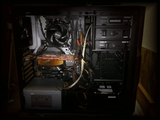 Sample rate and Bit Depth are another consideration. this will look like (sample rate 44,100 48,000 96,000) (bit depth 16, 24, or 32, bit) Just use the highest you can get away with. but the higher you go, the more cpu power you'll need, and the more storage space your sessions will take up 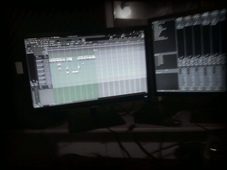 Gain staging - once you're setting up to record, set your input gain to the highest you can get without clipping. I'd recommend doing a google search for 'signal to noise ratios audio' or 'gain staging audio' to figure that part out. basically, you want the 'hottest signal you can get without clipping or introducing too much noise' As far as sending your tracks off for mixing. Your engineer will probably ask you to consolidate your tracks. which basically means you export your tracks individually, each beginning at 0:00. This allows for the engineer to easily align them in the new mix session. LET MUSIC BE THE SPARK OF CREATIVITY THAT DRIVES ACTION AND INNOVATIONWelcome To the Blog. Today we're talking about songwriting and composition. I've been capturing ideas for an irish Jig. banjo jigs and reels with Ol'brother PaulWe started off our run by approaching the plan with a song idea. Three parts, we'll call them parts A B and C.
The main lick. the kind of lick that was meant for a Tenor banjo. We didn't have much else to go-on Except a sloppy old recording found in the Archives. So knowing only the root of the song was a big-ol' D chord, we set off to lay down some Banjo tracks.
An ascending lick with a change of tone-centre. It took me a minute to figure out what was happening, but if I could add an A-chord over top of this new riff, It could bring a much-needed change of energy to the song. I'll figure out the exact chord-progression during my practice session later. For now, It's a good idea, lets capture it...
This part came later. Paul got back to me with a new idea for an outro for the song. This one feels more like a slow-down after a late night celebration. He wrote the part for the mandolin... Sounds great! lets do it.
Same idea, new theme different instrument, but hear how it sounds on that banjo too. lay these down on separate tracks, to see if we can combine them in cool ways later.  Ol'Brother Paul Ol'Brother Paul So Last week, I was working with Ol'Brother Paul on the 'Paulcast' 2nd season. We're switching up the format, which will follow the progression of a song through the recording process, while talking about tips/strategies for how to record a song with less frustration. We've picked an old idea Paul had for an Irish Jig back in 2016-2017 using tenor banjo (or in this case a banjo with the drone string removed.) Until this point we've been kind of using the term 'Jig' and 'Reel' interchangably, but this got me thinking what's the difference? They are two separate words, so they probably mean two different things. okay google what's the difference between a jig and a reel? So 'reel' short answer... The main difference is in the timing. Jigs being in a 6/8 time and a Reel being in a 4/4 time. So to answer my own question, the song we are going to produce is actually an Irish Reel. |
Gene Media ProductionsCody Gene: Record Producer Music Methodology & Creative Lifestyle
#
All
Archives
April 2024
|
Categories
|
AboutGene Media Creative Studio is the Production Facility of Indie-Rock producer and songwriter Cody Gene.
|

Gene Media Creative Studio is located in British Columbia, Canada and creative Cody's creative space. here he explores ideas, creative vision, and technical aspects of independent music production + artist development.
|
Contact |


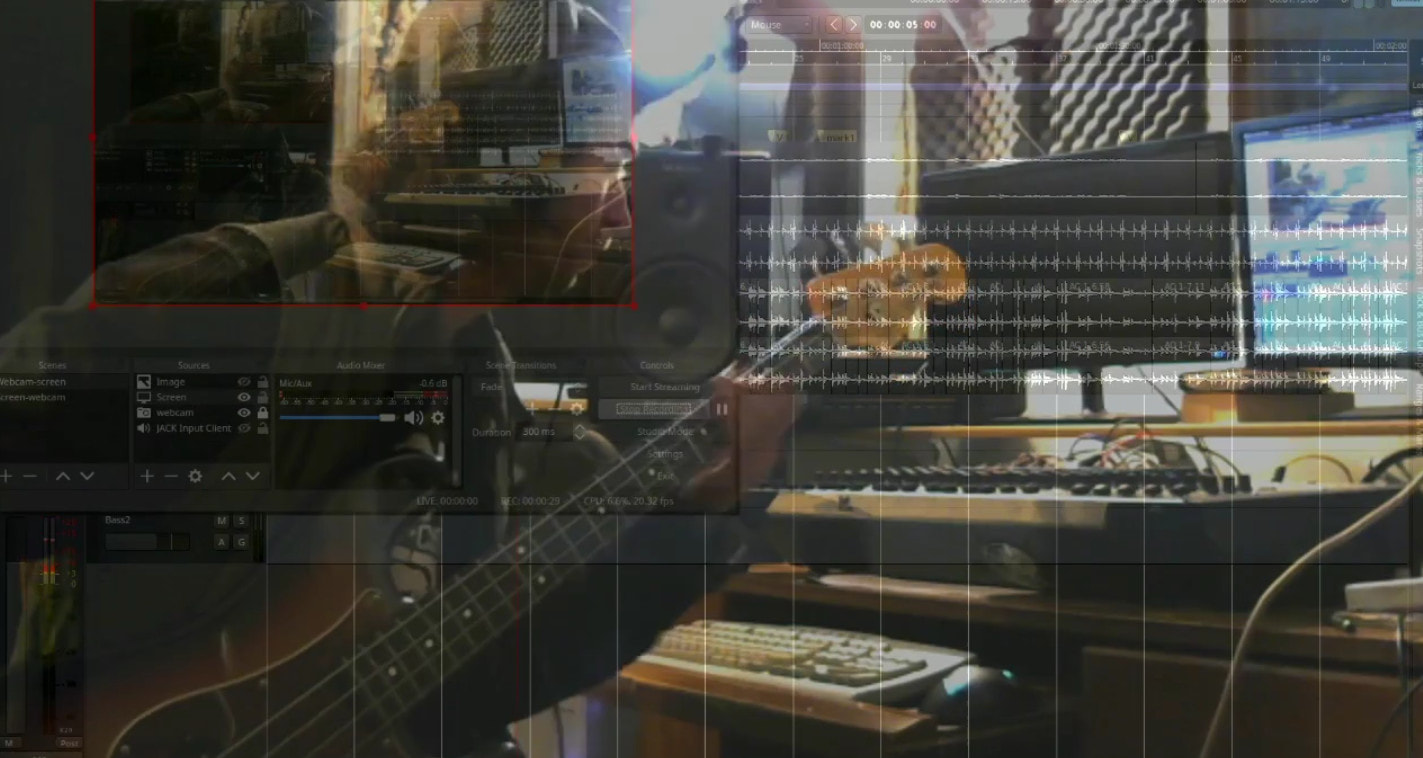

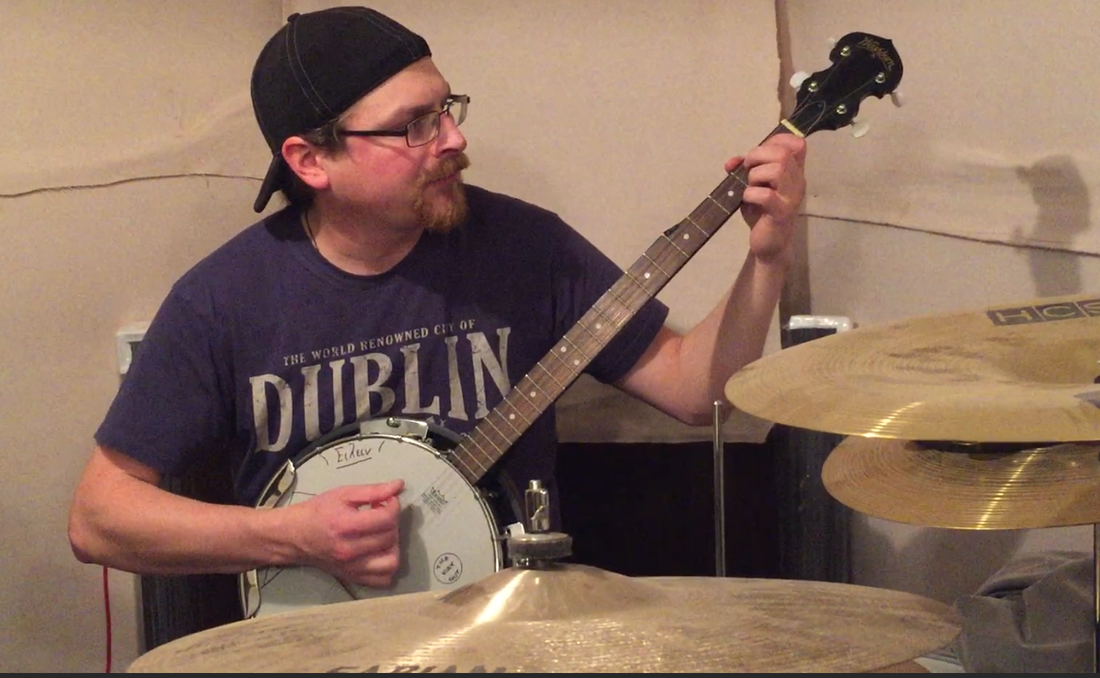
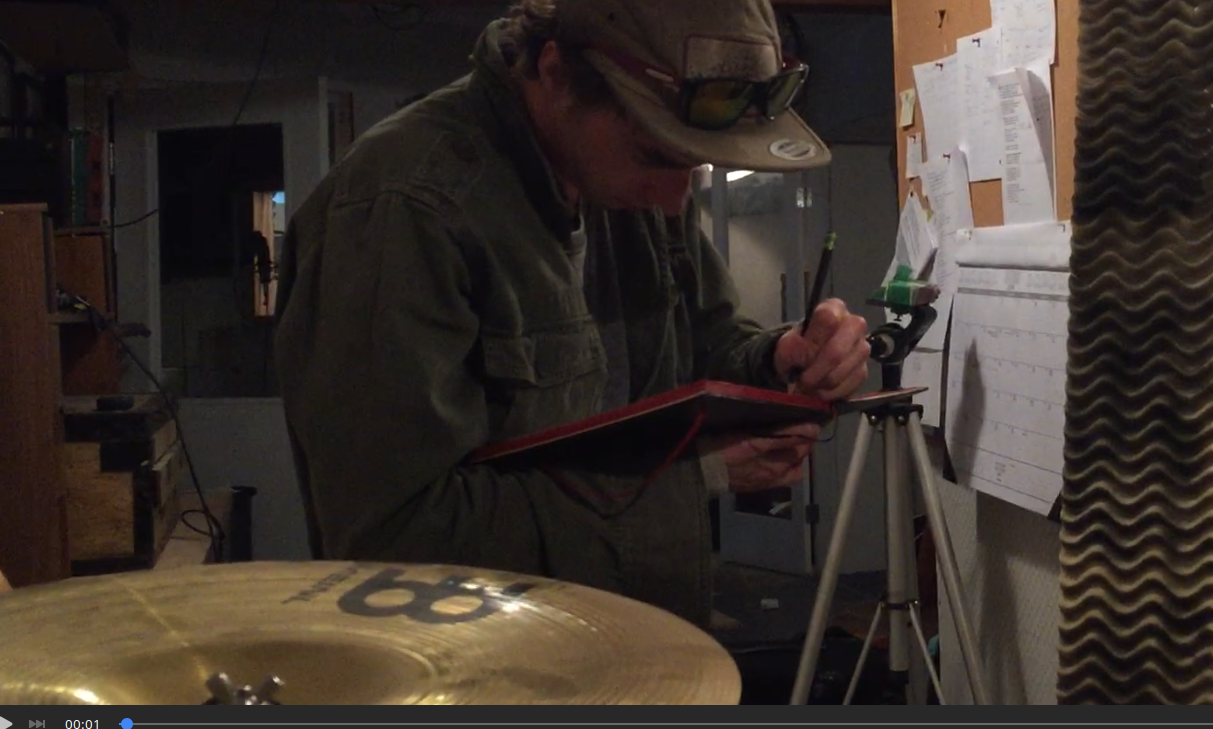
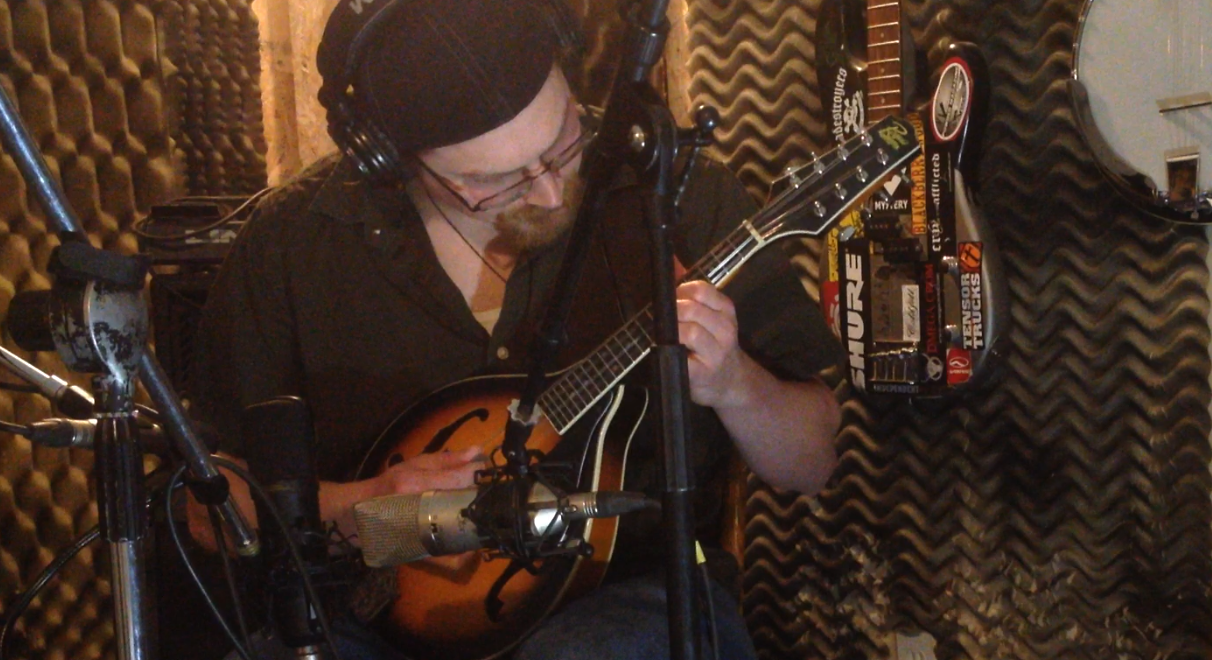
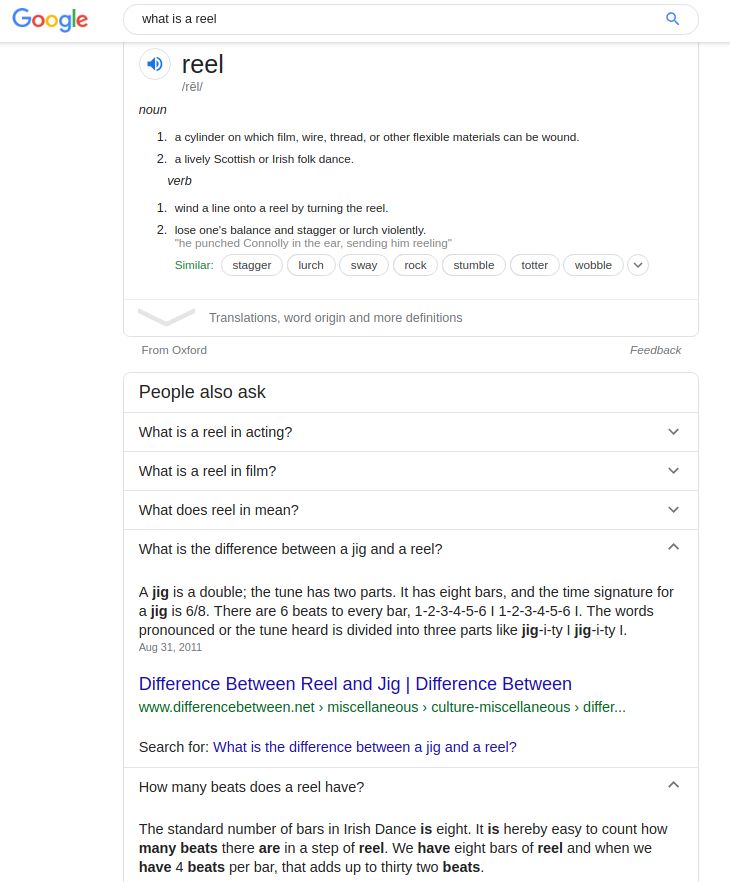
 RSS Feed
RSS Feed